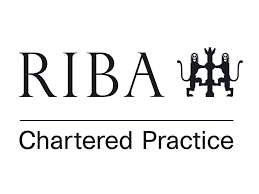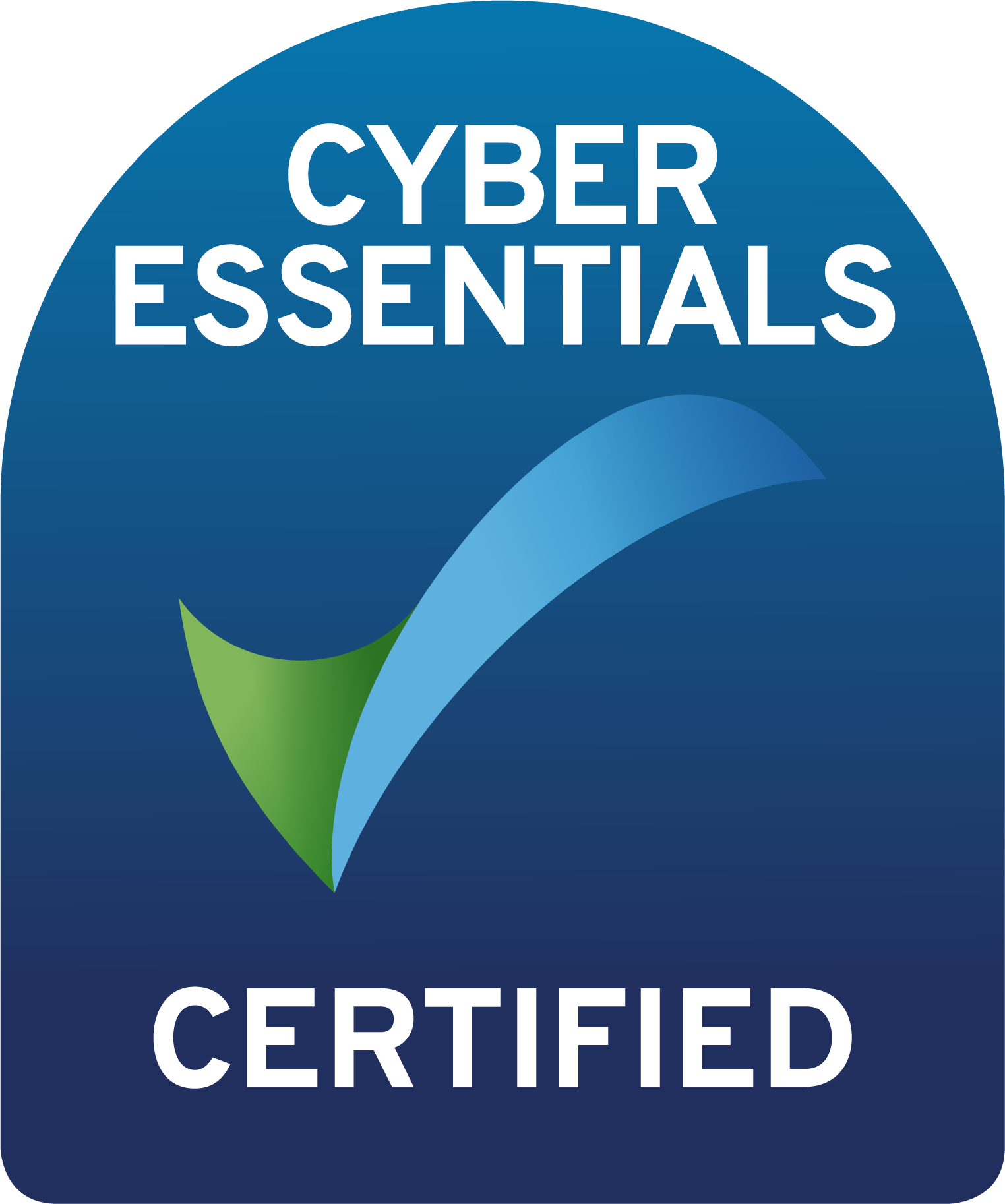As one of the core documents to submit to the Building Safety Regulator (BSR) to obtain building control approval for an existing higher-risk building, a Construction Control Plan (CCP) must be produced by the dutyholders at the design stage for Gateway 2 approval which sets out the details for Construction Works and how these will be controlled on site to ensure compliance with the building regulations.
Before construction starts, there must be clear strategies in place to ensure compliance with all applicable building regulations and how this will be maintained during building work. The strategies within the CCP should focus on cooperation, coordination, communication and competence. This includes setting out how compliance will be evidenced. This will assist you to manage and maintain the change control log and provide the information on design and construction that will need to be stored in the Golden Thread of information. This will also assist in information preparation for a building completion certificate application at gateway 3.
The extract below from the The Building (Higher-Risk Buildings Procedures) (England) Regulations 2023 (legislation.gov.uk) of Schedule 1 (2) sets out the requirements for a Construction Control Plan:
A Construction Control Plan must set out—
(a) the strategies, policies and procedures the client has adopted for planning, managing and monitoring the HRB work, a stage of HRB work or work to existing HRB so as to ensure compliance with—
(i) the applicable requirements of the building regulations and to record evidence of that compliance including describing the arrangements the client has adopted to maintain the Golden Thread information;
(ii) the duties in Chapter 4 (duties of dutyholders) of Part 2A of the 2010 Regulations;(b) the strategies, policies and procedures the client has adopted to identify, assess and keep under review the competence of the persons carrying out the HRB work, a stage of HRB work or work to existing HRB or involved in the design of the higher-risk building or design of the building work to the higher-risk building, including the procedures to be followed—
(i) to determine whether a serious sanction (as defined in regulation 11E of the 2010 Regulations) has occurred in relation to a person to be appointed;
(ii) to consider any past behaviour in relation to any serious sanction which might call into question the suitability of a person to be appointed;
(iii) if a person in relation to which a serious sanction has occurred is appointed, to prevent a repeat of the behaviour;(c) the strategies, policies and procedures the client has adopted to support co-operation between designers, contractors and any other persons involved in the HRB work, a stage of HRB work or work to existing HRB, including the sharing of all necessary information;
(d) a schedule of each appointment which has been made as at the date of the application, giving the name of—
(i) the person who the client has appointed as the principal contractor (or sole contractor);
(ii) the person who the client has appointed as the principal designer (or sole or lead designer);
(iii) any other person (excluding individuals except where they are a sole trader) the client has appointed to work on the project;
(iv) any person (excluding individuals except where they are a sole trader) the principal contractor (or sole contractor) has appointed to work on the project, and
(v) any person (excluding individuals except where they are a sole trader) the principal designer (or sole or lead designer) has appointed to work on the project, and a summary of their responsibilities;(e) the policies the client has adopted to review the Construction Control Plan
The documents in the links below provide helpful published resources on the above:
- Managing building control approval applications for higher-risk buildings
- Building Control: An overview of the new regime
In summary, the Construction Control Plan must be a practical document setting out the details of the working arrangements for the Principal Contractor and all other Contractors to follow. It must describe how you are going to manage and monitor the works to ensure that when built, the building does satisfy all applicable functional requirements of building regulations. The responsibility for the production of the CCP lies with the client, however, the Principal Designer must also support in providing information.
Below is the list of information required to be included in the CCP, with a few tips from our experience of having had an application submitted for works on an HRB and approved after having helped our client with the information required for the production of a CCP.
The CCP must describe how the client’s strategies, policies and procedures will make sure:
- the building works will meet the building regulations
(!) Tip: During the design stages, a Building Regulations tracker schedule was produced to better manage and monitor the work plan to ensure that when built, the building satisfies all applicable functional requirements of building regulations. This was then transferred in to the CCP with specific drawing and specification references to help monitor the building work.
- that you check the plan is effective and how you will record evidence that the building works continue to meet the building regulations
(!) Tip: Hold points were included in the CCP, identifying when site inspections were required to monitor that the works continue to meet the regulations, and the evidence to be collected for inclusion in the Golden Thread.
- you capture ‘as built’ evidence to support the completion certificate application
(!) Tip: The elements of work requiring photographic evidence, third party certification, witness testing and commissioning, were identified along with the evidence required to be collected by the Principal Contractor for submission to the BSR as part of the ‘as built’ prior to final sign off.
- those carrying out the work are competent to perform their duties. What are the arrangements for ensuring the information, instruction and training provided to those carrying out building work is sufficient
(!) Tip: For each element of the relevant works in the project record the specific competencies/governing body memberships that are required for those undertaking the key tasks, ie NICEIC approved installers for the installation of emergency lighting.
- sanctions and past conduct of those carrying out the work is considered to decide if they are suitable for the role, or how to prevent a repeat of the behaviour
(!) Tip: Client to satisfy themselves they have appointed a suitable team, with a signed declaration required to be submitted to the BSR.
- designers, contractors and others working on the building co-operate and share information
- those carrying out the work have enough information and training
It must also give the name and a summary of the responsibilities of:
(!) Tip: Client to provide in the form of a signed competence declaration for the following roles, for submission to the BSR.
- the Principal Contractor
- the Principal Designer
- any other organisation or sole trader who will carry out the work
The Construction Control Plan must describe how and when you’ll review the plan.
(!) Tip: Apart from during the design stage, the CCP would be best managed and monitored as part of the site progress meetings with all dutyholders in attendance.
With the above in mind, the key take away is that although the creation of the CCP for a project is the responsibility of the client, it is a detailed and project specific document that requires a collaborative approach between the client and the project team, the Principal Designer and all the relevant designers in particular, for its completion for submission along with the Building Control Application to the Building Safety Regulator.











Leave A Comment